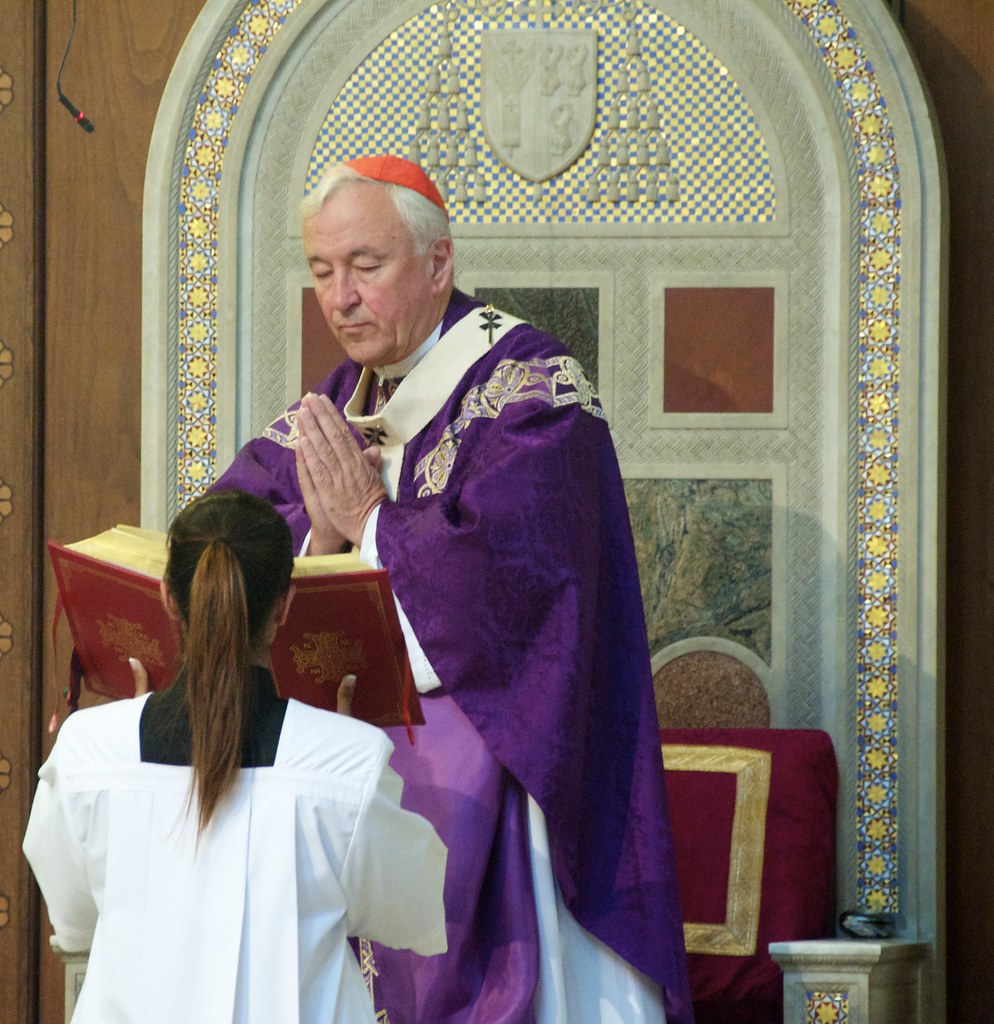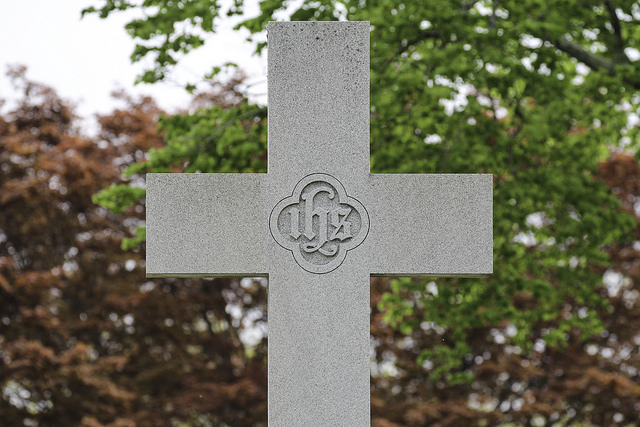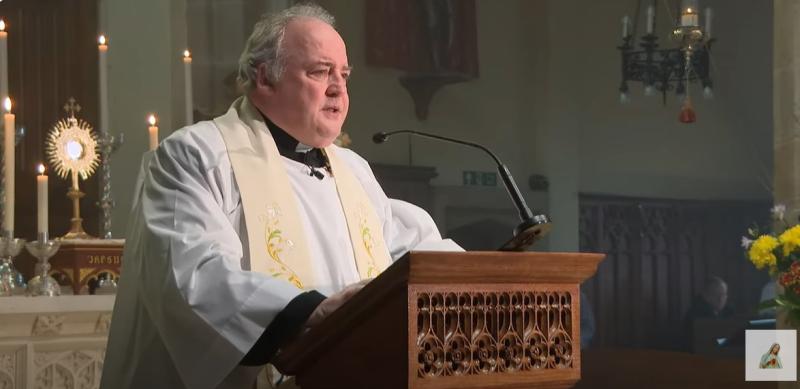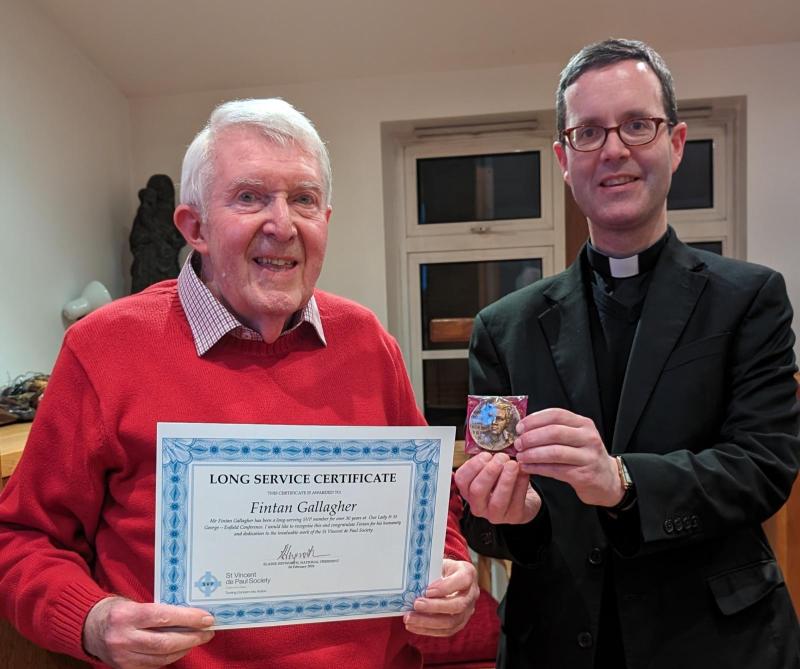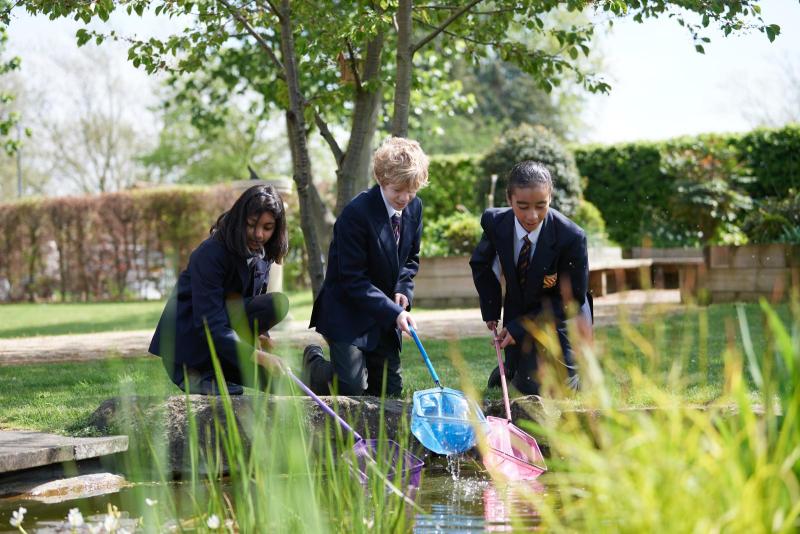Cardinal Vincent Nichols celebrated a Requiem Mass for the Fallen at Westminster Cathedral on 4 August 2014, the centenary of the start of World War 1.
In his homily, Cardinal Vincent quoted from the account of Fr Timothy Ring of Commercial Road, who wrote, 'that it was an ordinary Bank holiday for most, when Excursions and holidays were uppermost concerns. Yet by the end of the week all Europe was ablaze.'
The Cardinal went on to remember the millions of soldiers and civilians who died in the war: 'It is for them that we pray this evening, in this Requiem Mass.'
Referring to the soldiers who lost their lives in the British ranks, including Australians, Canadians, South Africans, New Zealanders, Indians and the Irish men who had volunteered to fight, he said, 'This evening we salute their sacrifice. We commemorate their heroism, their loyalty, their bravery often in utterly impossible circumstances of horror and helplessness. And in our Catholic tradition, we pray for them. We pray for the repose of their souls in the peaceful presence of God and we pray for the coming of that final resurrection when they will rise again, from every horrendous grave, to live for ever in the glorious presence of God. This is our faith. This is the faith of the Church. We are proud to profess it, especially on this solemn day.'
He recalled too the thirty-seven priests of the Diocese who served as chaplains and the accounts they provided.
Noting some of the reasons for the start of the Great War, Cardinal Vincent noted, 'We recognise today these same patterns. We know how vulnerable and precarious are many situations in our world today. So we continue our prayer, our prayer for peace, in Syria, in the Holy Land, in Libya, in the Ukraine, in Africa, in so many places.'
(The full text of the Cardinal's homily can be found here.)
At the end of Mass, Cardinal Vincent, along with Bishop John Arnold and Bishop Nicholas Hudson, and the priests of the Diocese who concelebrated the Mass, processed first to the Chapel of St George and then to the Chapel of St Patrick to lay wreaths at the war memorials in both chapels.
